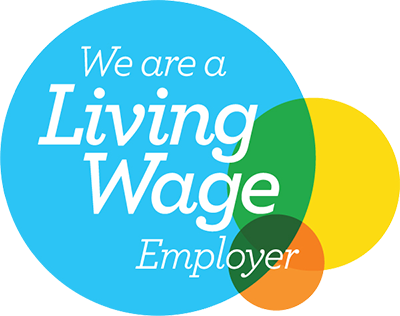
An overview of the history of procurement

Throughout history, the need to acquire goods and materials through a formal transaction process is well documented. The relevance of procurement in this process can be traced back to the early 1800’s when “Materials Men” were used to handle acquisitions. The relevance of procurement began to grow incrementally in the late 1800’s with the advent of various procurement concepts. The publication of procurement principles in the early 1900’s combined with material and product shortages after the second world war accelerated the relevance of procurement further. However, the perception of procurement as a relevant and strategic function was not universal, and by the 1950’s and 60’s, procurement was still perceived as a cost cutting function.
This view towards procurement changed in the 1970’s, the oil crisis of this decade led to widespread economic and industrial challenges. Businesses found it difficult to obtain raw materials, satisfy customer requirements and manage escalating input costs. These difficulties led to the emergence of procurement as a stand-alone function with the core aim of securing materials through the use of tactical approaches. The 1970s is seen as a significant period in the history of procurement, the function achieved extensive recognition and interest in this decade. Prior to this period, procurement was perceived as having a non-strategic role in businesses.
The 1970s ushered in a new era for procurement, and by the early 1980’s, there was a significant shift in how procurement and its role in business strategy was viewed. It evolved into a function that adopted a supportive role, by ensuring material quality and availability requirements was satisfied. In the 1990s, procurement began to be integrated into the strategic planning process of businesses, it started to influence decision making and develop effective supplier relationships. As businesses began to integrate their activities, procurement practices of the 70s and 80s needed to evolve and adapt.
In the 2000s, the strategic significance of procurement expanded as businesses recognised that suppliers are crucial to achieving business objectives. Historically, businesses perceived themselves as self-sustaining islands, but it is now acknowledged that to compete effectively, they will have to collaborate with their strategic suppliers. Consequentially, supplier relationships evolved from arm’s-length to collaboration, with procurement acting as an effective conduit between businesses and its supply network.
The procurement function is now viewed as a valuable contributor to strategic prosperity, helping businesses meet the challenges of an increasingly dynamic and competitive domains through the effective use of contemporary supplier relationship management techniques. In this context, the efficient management of procurement strategies have helped some businesses to become industry leaders in their respective industries.
The increasing importance of the procurement function has been further amplified by the recent economic downturn. The need to reduce costs, retain customers and obtain first mover advantage led to substantial changes in the role of procurement in businesses. In addition, the competitive environment and the drive towards outsourcing non-core activities have also played a significant role in amplifying this recognition. Thus, procurement is no longer perceived as a clerical function but a critical strategic partner that deploys cutting edge procurement competencies that yields sustainable competitive differentiation. Procurement has gained high level visibility in businesses, but this has been slow paced, and it can be attributed to oversight in recognising the pivotal role of procurement. Therefore, the function will still have to engage in ongoing and active stakeholder education on the strategic relevance of procurement.
The future of procurement will be a function that:
- Devolves low value sourcing activities closer to the point of consumption
- Focuses on cost rather than price through closer collaboration
- Continues to be a source of competitive advantage through effective SRM
- Apply cutting edge procurement practices
- Views technology as an enabler to effective procurement practices
- Adopts value creation as its primary role rather than cost reduction
- Perceives customer satisfaction as key focus
In my view, procurement has now evolved into a critical management function that will continue to grow in significance.
By Daniel Usifoh








